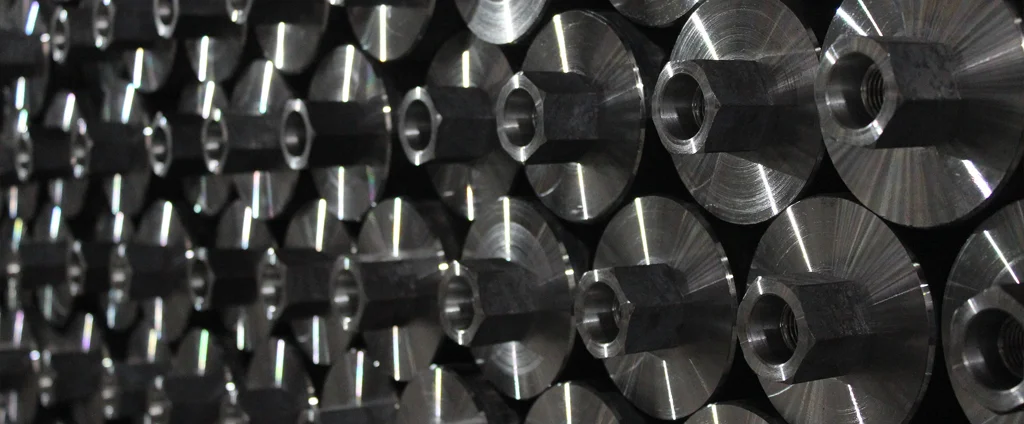SAE/AISI 1335 Carbon Steel (UNS G13350)

SAE/AISI 1335 carbon steel is a medium-carbon, resulfurized alloy valued for its strength, hardness, and wear resistance. Its excellent machinability and relatively low cost make it a practical choice for a wide range of industrial applications, particularly where durability and mechanical performance are critical factors.
| Chemical Composition | ||
|---|---|---|
| Element | Min | Max |
| Iron | 97.3% | 97.9% |
| Carbon | 0.33% | 0.38% |
| Manganese | 1.60% | 1.90% |
| Phosphorous | —— | 0.035% |
| Silicon | 0.15% | 0.35% |
| Sulfur | —— | 0.04% |
The following table provides a list of SAE/AISI 1335 properties in both SI and US customary/Imperial units.
Click on the button to switch between Metric and Imperial units.
| Physical Properties | Metric |
|---|---|
| Density | 7870 kg/m3 |
| Mechanical Properties | Metric |
| Young’s Modulus (E) | 190 - 210 GPa |
| Bulk Modulus (K) | 140 GPa |
| Shear Modulus (G) | 80 GPa |
| Poisson’s Ratio (ν) | 0.27 - 0.30 |
| Brinell Hardness | 179 - 235 |
| Thermal Properties | Metric |
| Thermal Conductivity | 52 W/m·K |
| Specific Heat Capacity (Cp) | 470 J/kg·K |
| Coefficient of Thermal Expansion (αL) | 1.15×10-5 1/°C |
| Electrical Properties | Metric |
| Electrical Conductivity | 4.18×106 S/m |
| Electrical Resistivity | 2.4×10-7 Ω·m |
The values in this table are approximate and can vary depending on various factors such as the specific manufacturing process and heat treatment applied to the alloy.
Advantages & Disadvantages of 1335 Carbon Steel
| Advantages | Disadvantages |
|---|---|
| Good machinability | Low corrosion resistance |
| Good weldability | Low strength |
| Relatively inexpensive | Low toughness |
| Wide range of applications |
Applications of 1335 Carbon Steel
1335 Carbon Steel is commonly used in a wide range of applications where high strength and resistance to wear and tear are essential. Key applications include:
- Machined components: Commonly used in the manufacturing of gears, shafts, bolts, and studs, as well as frames, couplings, axles, crankshafts, and other machine elements.
- Automotive parts: Found in drivetrain and engine components, along with other parts such as bumpers, doors, and fenders.
- Industrial tools: Utilized in producing tools like wrenches, hammers, and saws, and in equipment such as conveyor belts and hoists.
- Building materials: Employed in structural elements like beams, columns, and plates, as well as architectural features including doors, windows, and roofing.
